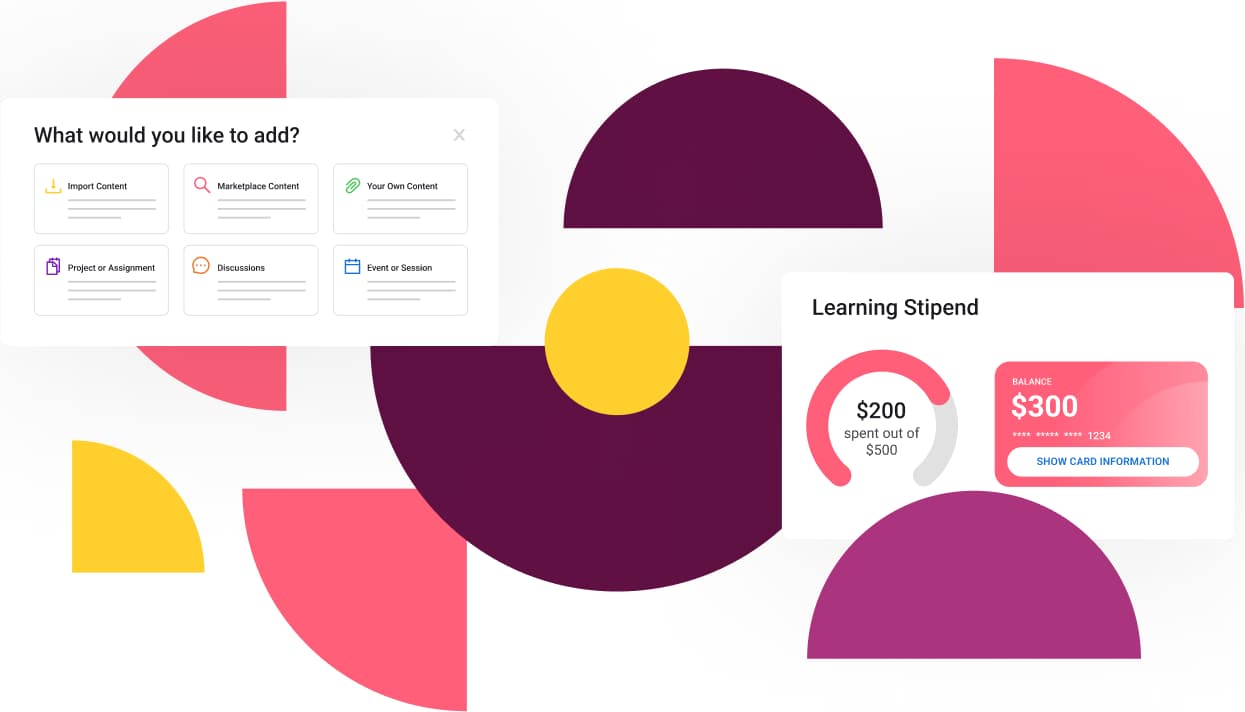The Unfulfilled Promise of Higher Ed
Higher education is afflicted by deep-rooted systemic inequities. Given this reality, what role can corporate L&D play to increase opportunities for learning and mobility for all?
College – and education more broadly – is the great equalizer. At least, that’s what many of us learned growing up and what we continue to teach our children. In reality, the path to college and subsequent job outcomes are highly dependent on your starting point.
To start, college attendance varies significantly depending on income level and racial background. The Association of American Colleges & Universities found that 87% of white high school graduates from families in the top income quartile go on to attend higher education, compared to 59% in the lowest quartile. Similarly, 91% of black high school graduates from the top income quartile go on to college, compared to 61% from the bottom quartile. Additionally, white students are more likely to come from high-income families than black students, and as a result, 71% of white high school graduates go on to college compared to 56% of black high school graduates. (This is also just the end point of traditional education; the gaps in primary and tertiary education outcomes are just as wide, if not wider, than higher education outcomes.)
Wealthy students also attend much different institutions than their less well-off counterparts. Roughly 80% of students from families in the top income quintile go on to attend public or nonprofit 4-year colleges, compared to 56% of students from the middle fifth and 36% from the bottom fifth.
Furthermore, wealthier students are more likely to attend selective colleges that provide meaningful enrichment and career opportunities: 69% of students from families in the top fifth go on to attend highly or moderately selective 4-year institutions, compared to 38% from the middle fifth and 22% from the bottom fifth.

Simultaneously, the returns to a college education have never been higher; according to the Hamilton Project (a think-tank), the bachelor hourly wage premium remains well above 150%. These patterns exacerbate existing inequalities (access to quality food, healthcare, housing, and so forth) that limit meaningful access to economic opportunity for individuals who start lower on the economic ladder. It’s no surprise that intergenerational mobility in the U.S. is so much weaker than in other Western countries.

These trends highlight the deeply rooted systemic inequalities that burden low-income households as they work to acquire the skills and jobs needed to achieve economic sustainability. At Learn In, we believe that the solution is higher education and better access to higher education and more substantial opportunities for upskilling on the job, greater representation of low-income minorities at elite colleges and training opportunities to accelerate their progress up the corporate ladder. We don’t expect that corporate L&D on its own can reverse centuries of inequality, but we do believe that it has a meaningful role to play in complementing our existing educational system by providing job-relevant opportunities to nurture and develop talent.
